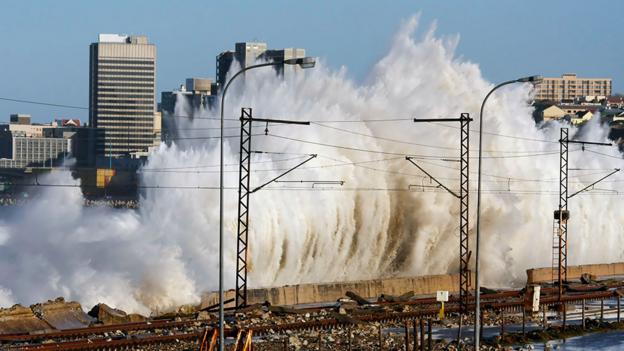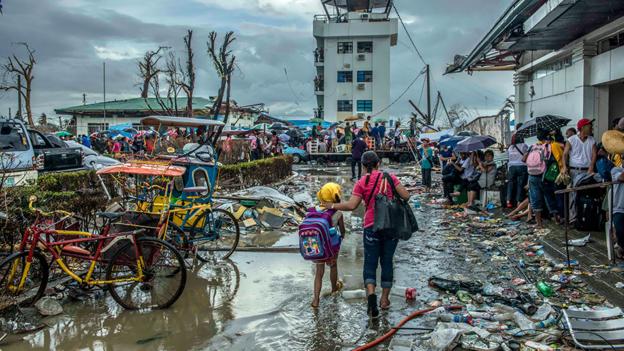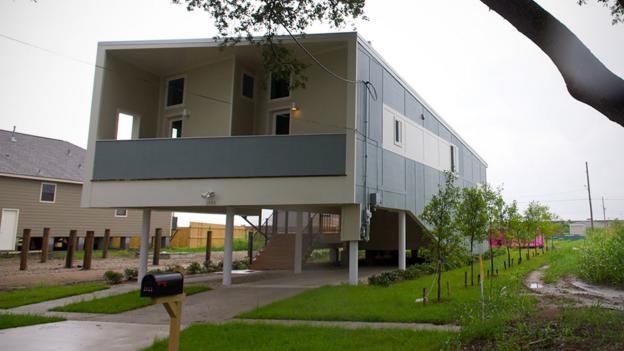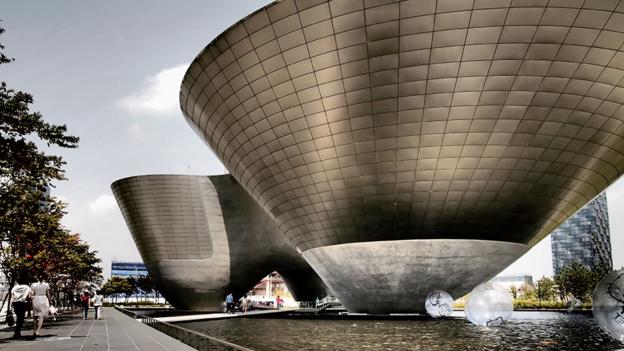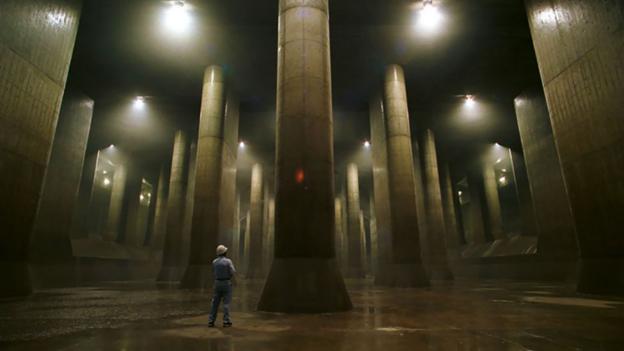The US Department of Commerce has calculated that the international market for nuclear equipment and services will rest between $500 billion to $740 billion over the next 10 years, believing strongly that every $1 billion of exports by the American companies currently support 5,000 to 10,000 domestic jobs.
Meanwhile, the Nuclear Energy Institute — which is a nuclear industry lobbying group in the United States — has calculated that every dollar spent by the typical nuclear power plant results in the creation of $1.04 in the local community, $1.18 in the state economy, and $1.87 in the American economy.
It is imperative to note that while an overwhelming majority of the billions of humans breathing on this planet thinks nuclear energy can only be devastating for humanity, more than 22,500 American companies today provide $14.2 billion in components and services to the world super power’s nuclear energy industry each year. Quite a contrast!
After analyzing 23 nuclear plants representing 41 reactors, this institute states on its official website that the companies that are operating a nuclear plant normally pay about $16 million in state and local taxes annually.
Founded in 1994 from the merger of several nuclear energy industry organizations, this prestigious institute views: “These tax dollars benefit schools, roads and other state and local infrastructure. Each company typically pays federal taxes of $67 million annually. In addition, nuclear energy facilities typically employ up to 3,500 people during construction and 400 to 700 people during operation, at salaries 36 percent higher than average in the local area. It produces approximately $470 million annually in sales of goods and services in the local community.”
Research shows that not fewer than 71 new nuclear energy facilities are under construction across the world today, and an additional 160 are in the licensing and advanced planning stages.
The Nuclear Energy Institute has estimated that a single uranium fuel pellet the size of a pencil eraser contains the same amount of energy as 17,000 cubic feet of natural gas, 1,780 pounds of coal or 149 gallons of oil.
The institute has more to add: “Compared to other non-emitting sources, nuclear energy facilities are relatively compact. The amount of electricity produced by a multi-reactor nuclear power plant would require more than 60 square miles of photovoltaic panels or about 180 square miles of wind turbines?”
Quoting the results of a recent opinion poll regarding support for use of nuclear energy, it maintains: “Around 68 per cent of Americans favour the use of nuclear energy. Some 55 per cent respondents agree that industry should build more nuclear power plants in future. About two-thirds said that a new reactor would be acceptable at the nearest operating nuclear power plant site.”

